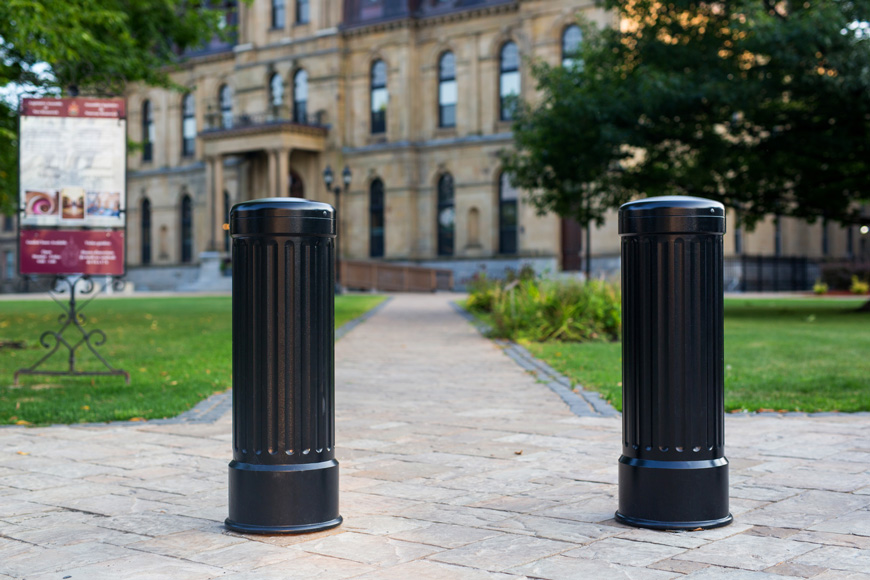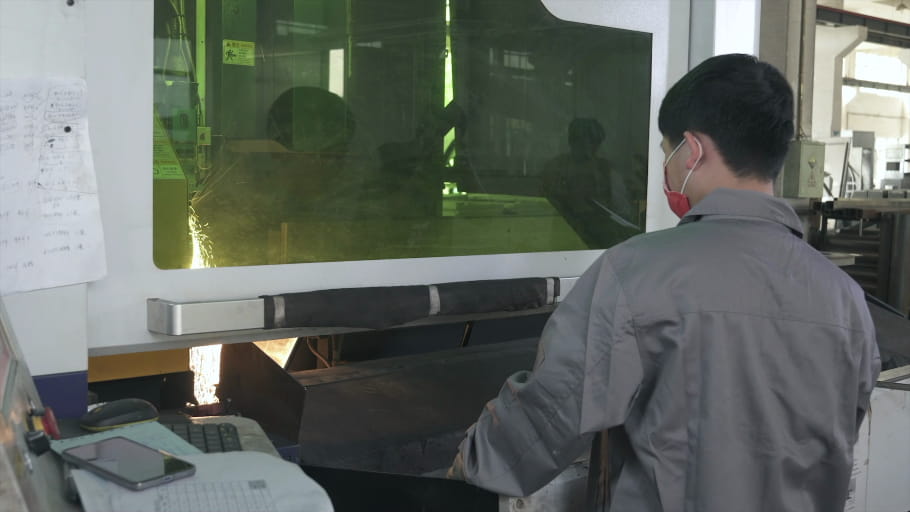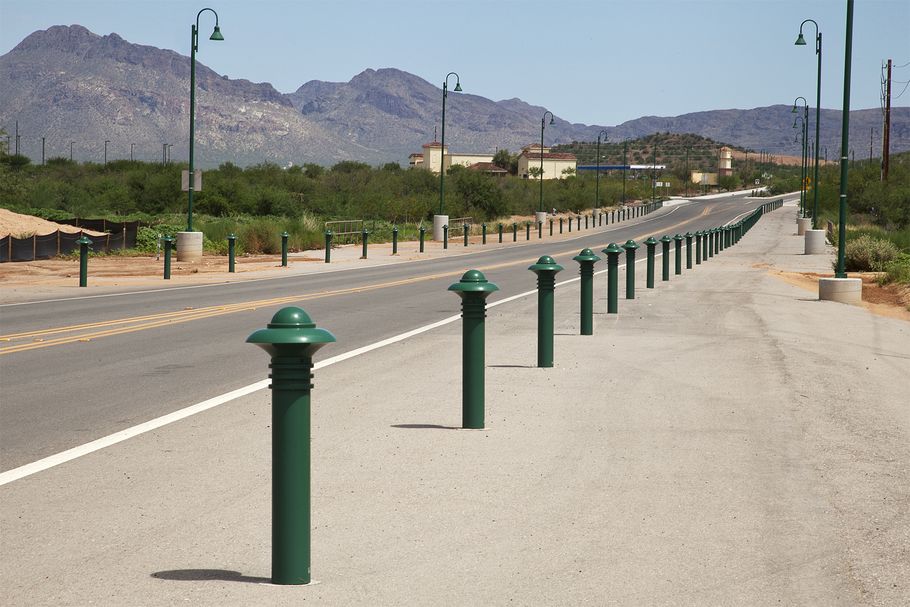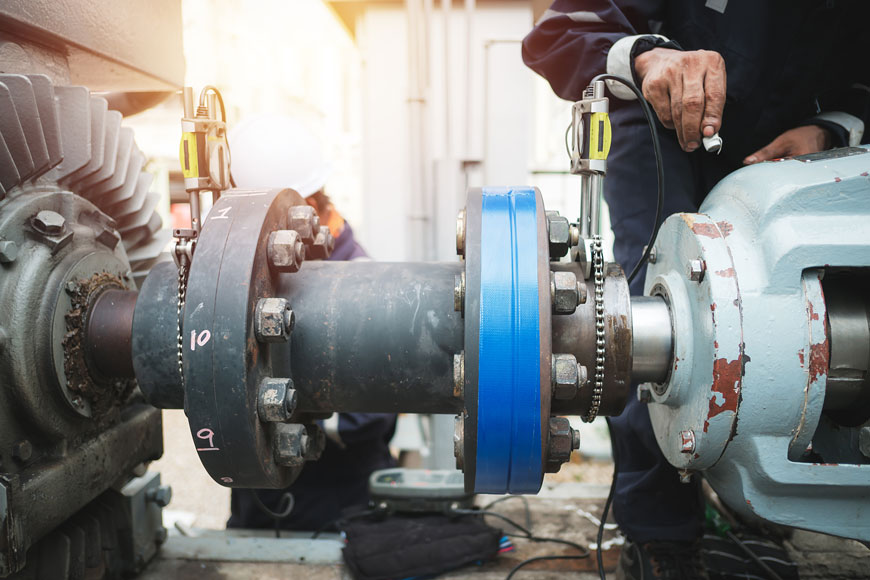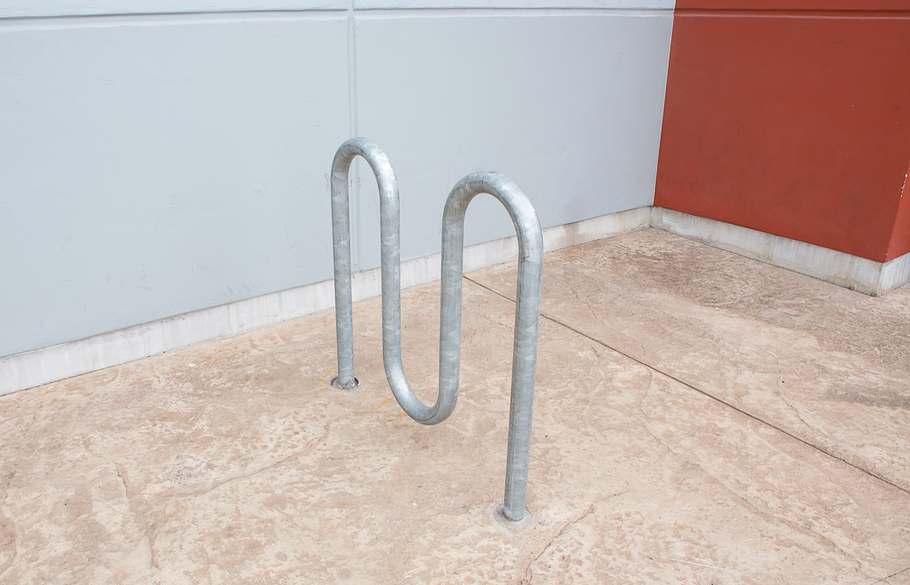Calculate load tolerance and expected flow for smooth operations and risk management
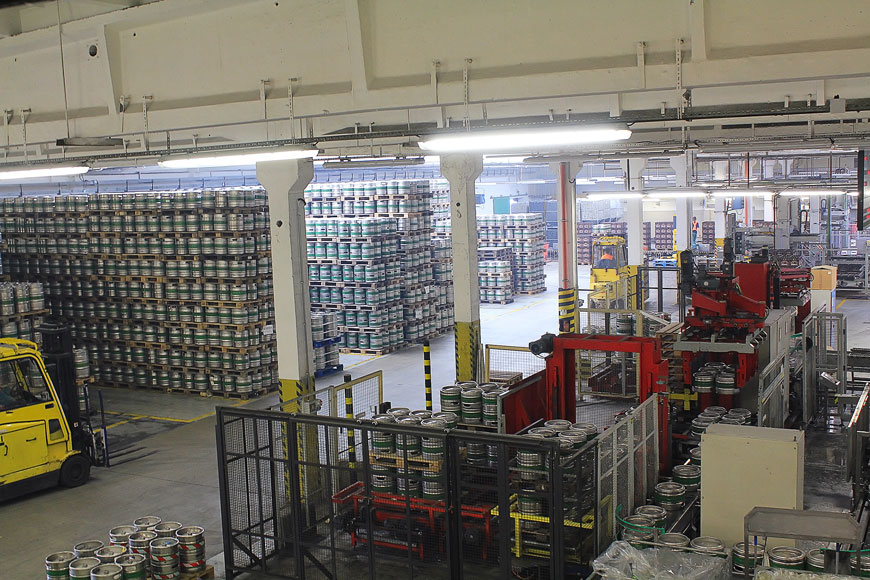
Industrial trench drains are installed to help manage run-off in parking lots, warehouses, and factories. Cast iron is the most common type of metal used in trench grate and trench drain in commercial installations. It is low-maintenance and can stand up under the load of heavy machinery.
Why install commercial trench drains?
Warehouses that store liquid should install trench drains as part of their risk management plan. If one or more storage containers break, how will the liquid be managed? Loading bays often need drains to manage the run-off of rain or snow from trucks or other vehicles. Water used for cleaning—either inventory, vehicles, or the floor—can also be managed with trench drains. Depending on the installation and expected run-off, drains can go to ground or be captured for processing.
Consistent and reliable grating that will not crater under strain is often made from ASTM-48a, Class 35B Cast Gray iron.
| Properties of ASTM-48a class 35b Cast Gray Iron (Standard Test Bars) | ||
| English | Metric | |
| Hardness, Brinell | 212 | 212 |
| Hardness, Vickers | 223 | 223 |
| Tensile Strength, Ultimate | 36500 psi | 252 MPa |
| Modulus of Elasticity | 14500 – 17300 ksi | 100-119 GPa |
| Ultimate Compressive Strength | 124000 psi | 855 MPa |
| Fatigue Strength | 16000 psi | 110 MPa |
| Shear Modulus | 5800 – 6960 ksi | 40-48 GPa |
| Shear Strength | 48400 psi | 334 MPa |
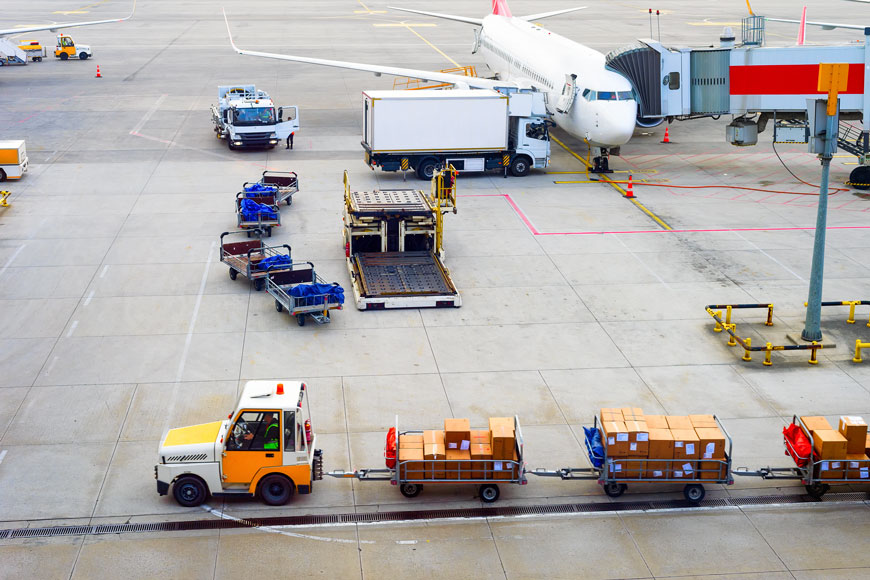
Heavy duty, extra heavy duty, and airport rated grates
Trench drain often does not have to support an entire wheel, as the width of trench is generally smaller than wheel application area. Since warehouses often deal with heavily-loaded vehicles, heavy-duty or extra heavy-duty drains are standard.
Specifying load ratings for trench drain
Two main standards are used in the US for trench drain: ANSI A112.21.1M and DIN 19580.
| ANSI A112.21.1M | |
| Light Duty | Pedestrian traffic only: safe load < 2000 lbs. |
| Medium Duty | Sidewalks and residential parking: safe load 2,000 – 4,000 lbs. |
| Heavy Duty | Commercial tires and tractor trailers: safe load 5,000 – 7,499 lbs. |
| Extra Heavy Duty | Roads and highways: safe load 7,500 – 10,000 lbs. |
| Special Duty | Airports and shipping ports: safe load > 10,000 lbs. |
The ANSI specification calculates a safe live load by pressing a 3.5in test plate into the center of a grate and increasing pressure until the grate fails. The plate is loaded slowly so the failure point can be recorded. For gray cast iron, failure is seen when the grating fractures. (Ductile irons fail when the grates warp past a certain tolerance.)
The load that causes failure is divided in two, to provide the appropriate safety factor.
DIN standards are tested differently and have one extra category for precise tolerances.
| DIN 19580 | |
| Class A | Pedestrian and bicycle traffic: load up to 3,372 lbs per foot. |
| Class B | Sidewalks and small passenger vehicles only: load of at least 28,100 lbs per foot. |
| Class C | Commercial applications and trucks: load of at least 56,200 lbs per foot. |
| Class D | Roads and highways: load of at least 89,920 lbs per foot. |
| Class E | For industrial applications, solid tires, places that expect impact: load of at least 134,800 lbs per foot. |
| Class F | For airport and shipping ports: load of at least 202,320 lbs per foot. |
DIN standards are internationally recognized for trench drain and have different testing methods depending on the width.
- For drain less than 8″ wide DIN testing uses a test block is 10″ long by 3″ wide.
- Drains 8″ – 12″ wide use a test block 10″ long by 6″ wide.
- Drains wider than 12″ use a test block 10″ in diameter.
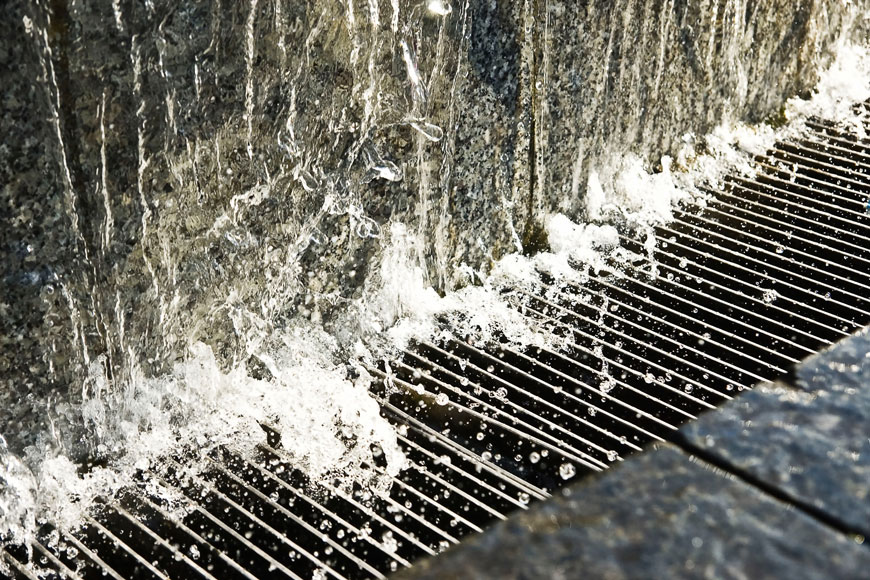
How much trench drain is necessary?
The Federal Highway Administration offers “Hydraulic Toolbox” software to help calculate the required surface area for drainage in a given installation. The width and length of the drain must respond to the peak possible flow the drain is expected to manage.
The drain’s eventual endpoint matters in the calculation of needed drain size. Is the drain managing water that can be returned to ground? If so, what is the hardscape and softscape like in the environs of the warehouse? If there’s a lot of non-porous asphalt or concrete, the absorption rate from the drain may be much slower. Construction in a developing area should consider what the built environment may become in the next decade.
If the drain will send spilled fluid for processing, then the flow rate of the processing facility is important to calculate.
Warehouse trench drains for cleanup
Installing commercial trench drain is often an important part of risk management or disaster recovery planning, but it can also be a way to help keep a warehouse clean by giving the option of hosing down a floor space. It also allows the option to wash vehicles or other items within the space.
Taking the time to consider warehouse build-out plans and the hardscape surrounding the site, as well as considering maximum flow and required load, means confidently installing trench drain and trench grates that require very little maintenance, and cause no challenges, for years to come.

